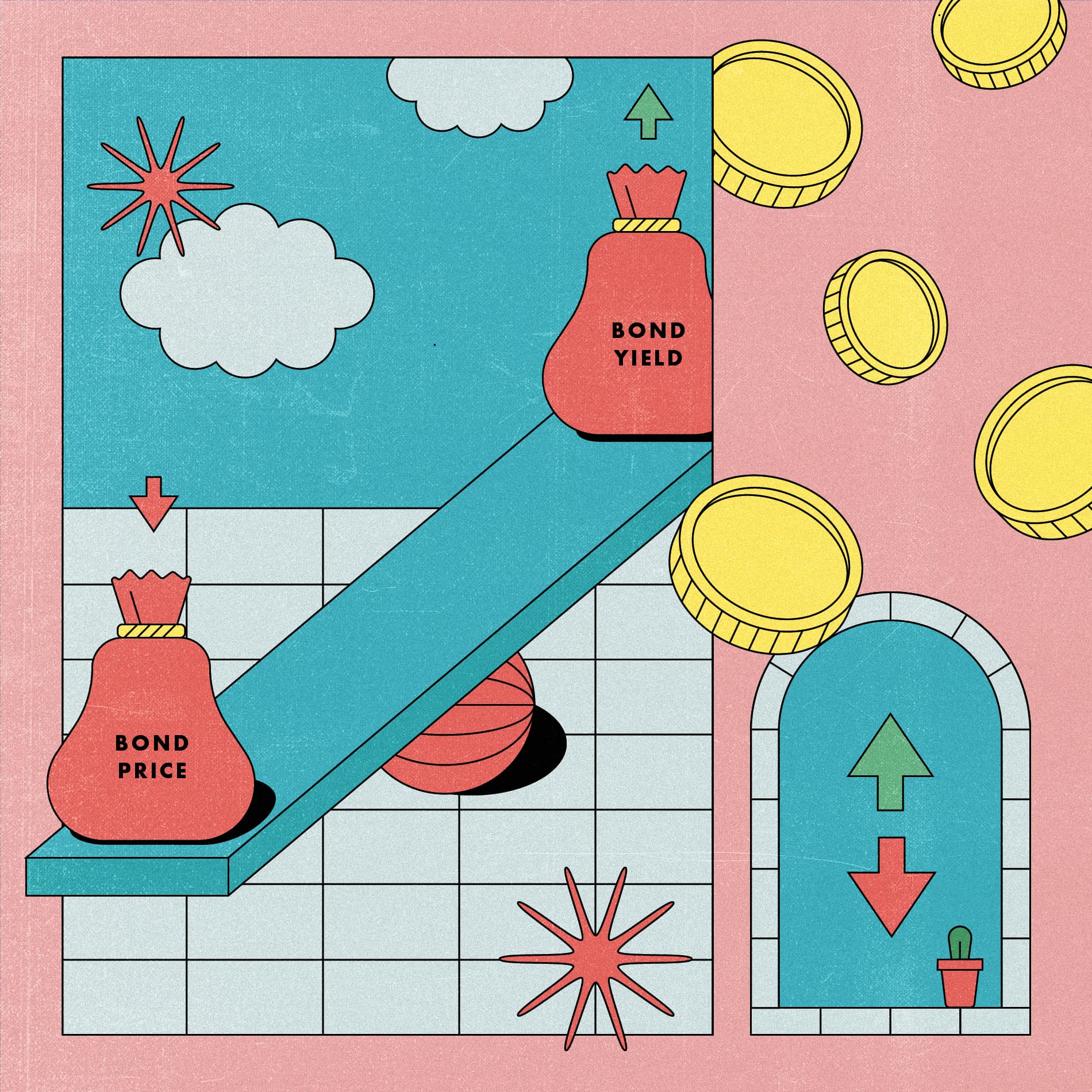
Finance for Humans
“Priced in”: How the News Drives Stocks — and How It Doesn’t
Headlines can move share prices, but individual investors often don’t understand why.
Wealthsimple makes powerful financial tools to help you grow and manage your money. Learn more
What’s the biggest mistake investors make? It depends on who you ask, because investors mess up in all sorts of ways. But a new study by a team of (slightly judgmental) Germans suggests that individual investors — that is, non-pros who manage their own money — are likely to make one big error over and over. That error is that they fail to understand what it means for expectations to be “priced in” to the cost of a company’s stock. And, since there are a lot of big expectations priced into stocks right now — like that tech companies will keep growing profits by a lot — we thought it would be a good time to explain the blunder.

Sign up for our weekly non-boring newsletter about money, markets, and more.
By providing your email, you are consenting to receive communications from Wealthsimple Media Inc. Visit our Privacy Policy for more info, or contact us at privacy@wealthsimple.com or 80 Spadina Ave., Toronto, ON.
Recommended for you
First, what does “priced in” mean? It’s easiest to explain with an example: back in 2020–2021, Tesla shares soared not because the company was already making mountains of cash (it wasn’t) but because investors expected it to as EV demand grew. So its future performance was reflected in its stock price — aka it was priced in. That’s why, though Tesla has earned billions this year, its stock hasn’t risen; the earnings were expected. Tesla would have needed to beat expectations for its stock price to rise, and it hasn’t done that so far. Just the opposite, in fact: its stock price has fallen because earnings have come in lower than anticipated.
What did the Germans find out? So three German researchers did an experiment. They told a group of individual investors (aka retail investors) about some hypothetical news reports — some positive, some negative — that stood to affect a company’s revenues. Then they asked what effect the news would have on a $1,000 investment into said company a month after the news broke. In response, most individual investors said that they would expect a $1,000 investment to grow in light of the month-old positive news and to fall in light of bad news.
The problem with this answer is that, in most cases, after a full month the price of the stock would have already changed in response to the news — that is, the information would already be priced in. But the novice investors assumed that the stock’s price would continue to go up (or down) in the future because it had gone up (or down) a month earlier, when that might not necessarily be the case.
What’s the lesson? Being right about how well or poorly a company’s business is doing right now isn’t how you make money trading its stock. To make a return, you have to invest in companies that make money and beat expectations. Everyone knows, for instance, that Apple makes great products and generates a lot of money. But for its stock to rise, it needs to make a surprisingly large amount of money. And it’s hard to guess which companies will do that! You have to correctly surmise that the market hasn’t priced in something important about the future or has undervalued a stock for some reason.
We know we say this often, but the difficulty of picking which companies will beat expectations is why many smart people, like Warren Buffett, suggest individual investors buy not individual stocks but diversified index funds, which bet on hundreds of companies. If you are going to trade individual stocks, though, you’d be wise to ask yourself two questions first: [1] do other investors have high or low expectations for a company and why? (A company’s forward price-to-earnings ratio can speak to this.) And [2] do you have a better view of the company’s future performance than the rest of the market? If you can’t answer both, perhaps think twice before submitting the trade.
Ben Mathis-Lilley is a senior writer for Slate.com and the author ofThe Hot Seat: A Year of Outrage, Pride, and Occasional Games of College Football. He's also written for BuzzFeed and New York magazine.










